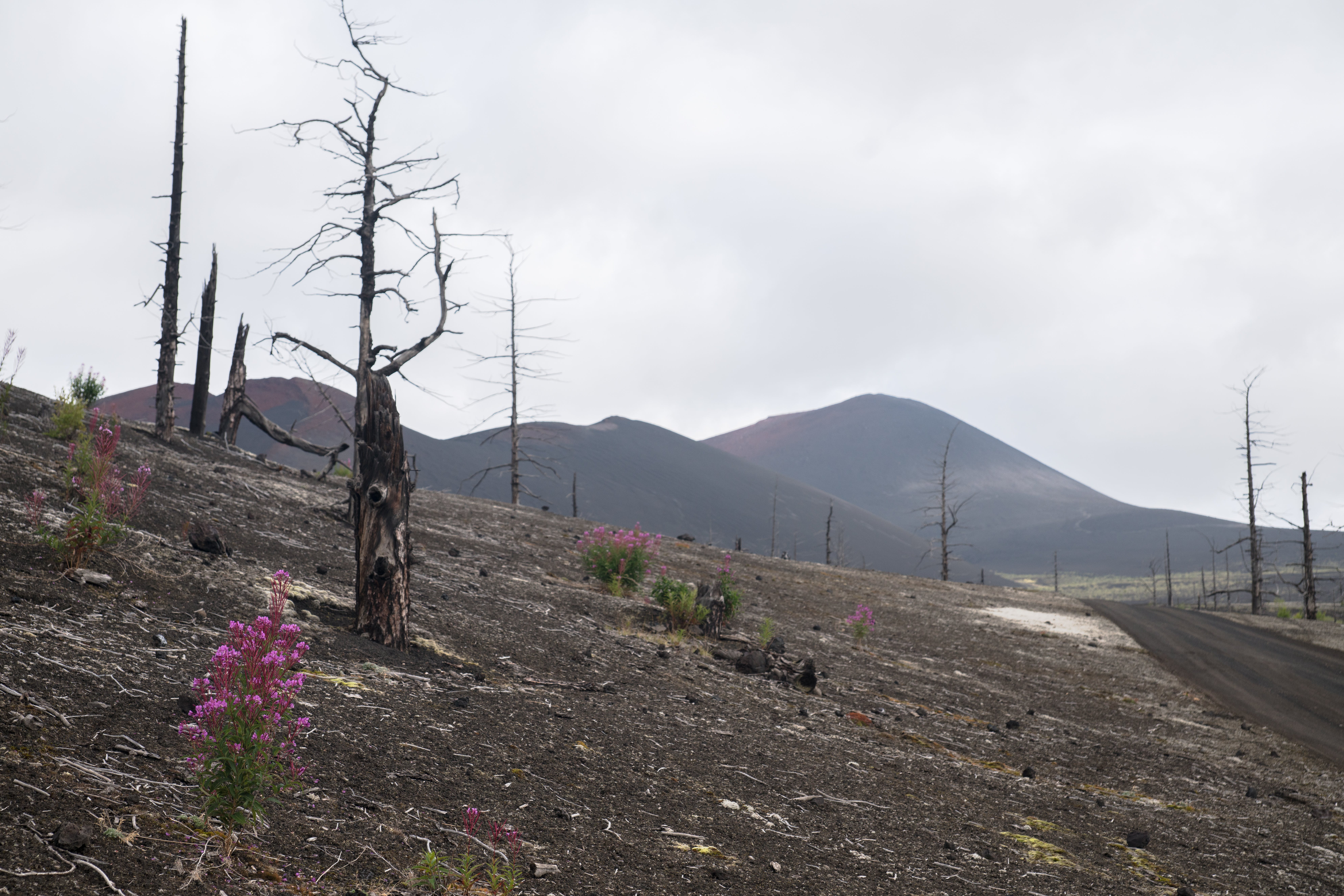Qylla
It appears this article is a stub! Alert the author if you'd like to see it expanded.
This article is a work in progress! Expect more content to be added.
This article was created for my Species-A-Day project for 2024! Read more here!
Qylla are a rodent species native to the magical wastes. Small creatures with big, fluffy tails, these adorable mammals are ferocious and territorial, and are known to cause trouble. They are Amythomites; the species is energophobic to allow for their survival in the harsh, magic-ridden landscape of their home biome. They make nests high in the trees, spending the majority of their time in these trees collecting food. They jump and hop from branch to trunk, searching for seeds to eat.
Atop their heads are bony protrusions that branch out into mirroring structures. These antlers can grow up to twice the animal's height in size, though these larger sizes can be dangerous to the creature, as it can weigh them down and cause them to move much more slowly. As such, they can often be found rubbing their antlers against trees or other hard surfaces to file them down into managable sizes.
Anatomy
Qylla are small rodents, with lanky bodies and long limbs. They have short fur covering the majority of their body, serving to keep them warm and protect their skin, among other purposes. They have four limbs, the front pair extending into four digits and a short, stubby thumb. These hands allow them to pick up and manipulate small objects. Their five-toed hind feet are narrow, with fleshy soles and flexible ankle joints, allowing them to climb and descend tree trunks rapidly. They have large, furry tails that are about as long as the rest of their bodies, providing them more controlled balance. Their limbs end in sharp, curved claws that give them a strong grip on tree bark as they climb it.Atop their heads are bony protrusions that branch out into mirroring structures. These antlers can grow up to twice the animal's height in size, though these larger sizes can be dangerous to the creature, as it can weigh them down and cause them to move much more slowly. As such, they can often be found rubbing their antlers against trees or other hard surfaces to file them down into managable sizes.
Dietary Needs & Habits
The qylla primarily subsists off of the seeds of the brambletree. These small seeds contain the majority of the nutrients that the species needs. They are able to eat most other nuts and seeds as well.Biological Cycle
Qylla spend the winters huddled in their nests, which they seal against the cold. They stockpile on nuts and seeds when the weather begins to chill, and hide out until it is warm again.Behaviour & Psychology
Qylla males will lay claim to specific trees or areas of ground where they find their food. They fiercely protect this land from other qylla, marking it so that others know to stay away, and fighting (usually to the death) other males that come within their territory. To qylla females, males able to maintain larger territories are more desirable. Qylla females are not territorial over land, but they are incredibly protective of their chosen mate or mates. Where males will fight over land, females will fight over mates. Both types of fights can get messy very quickly.
Agnes Placeholder by notahumanhand
Lifespan
6-10 yrs.
Average Weight
1-2 lbs.
Average Length
8-12 in. (excluding tail)
Body Tint, Colouring and Marking
Qylla are most often brown. However, they can also be black, tan, or shades of orange. They can and often do have patterns on their fur, including lines, spots, or splotches.
Geographic Distribution




I like the sound of these guys. I bet the antlers can be a pain in the nest sometimes.
Explore Etrea | March of 31 Tales
yes, often! i think they make them more adorable, though xD